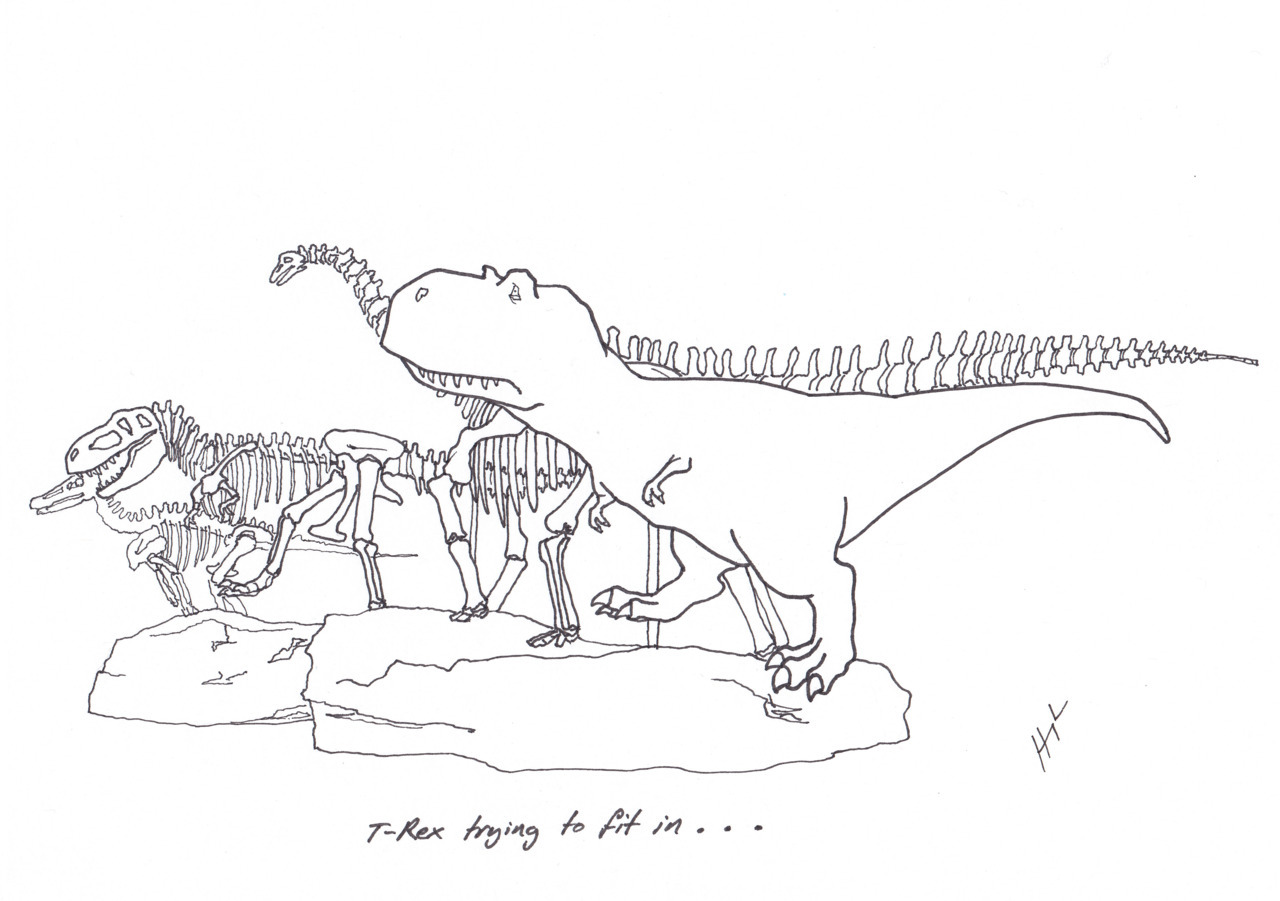In a museum about anthropology and archaeology, there is
really only one obvious choice for an object.
That choice is human remains.
I chose a mummified head that is part of the museum’s new
project In the Artifact Lab: Convserving
Egyptian Mummies. It is an actual
human head wrapped in linen. The head is
from the 22nd Dynasty dating between 945 – 712 BCE. It was excavated in Thebes, Egypt by W.M.F.
Petrie.
This head is important to conservators and those studying
Egyptology and mummification. It is
currently in the process of being conserved and is on display as an example of the
conservation process. The identity of
this particular head is unknown and it is unclear why only the head is possessed
by the museum. Conserving this head may
be beneficial if the rest of the body is found again.
The head is on display just behind the glass walls that surround the working
lab.
It is placed inside a shallow
cardboard box and resting on paper. There
is a small bag containing a few other mummified remains. Writing on the bag describes the content, but
it is difficult to read. The display is
less “museum-like” and more “lab-like.”
This helps to create the feeling of seeing an actual working lab where
research and conservation efforts are actual taking place as opposed to a
simulated experience (like dioramas) that may be expected from museums.
 |
| Ooh! A real scientist! |
The text on the display panel promotes scientific research of this and all
other mummies.
The panels treat each
mummy as an artifact and do not focus on the fact that these “objects” are
actually human remains. It is very easy,
based on the text in the descriptive panels, to forget about the human aspect
of the remains. Similarly, the conservator
working in the lab is also treated more like an object. She is on display behind glass, just like would
be found in any other exhibit in the museum.
Just to the left of the head is a large image that has been taken from an
Egyptian tomb. This image is also in the
process of being restored. The colors
are faded and there are many cracks and missing pieces. There are also many other partially conserved
mummies close to this head. One
interesting display on a nearby wall allows visitors to feel what the skin of
mummies is like. All these nearby
objects help visitors to understand the process of conservation and Egyptian
mummification.
The study of Egyptology and the history of the different
dynasties of Egypt would enrich the understanding of this object, as well as a
complete understanding of the mummification process used during this time
period. The study of biological and
chemical process and how they affect body preservation would also help with the
understanding of this object. The study
of art conservation would also enrich the understanding of this head. This would allow for comparing and
contrasting of strategies used in both forms of conservation.
Just to the left of the head is a large image that has been taken from an Egyptian tomb. This image is also in the process of being restored. The colors are faded and there are many cracks and missing pieces. There are also many other partially conserved mummies close to this head. One interesting display on a nearby wall allows visitors to feel what the skin of mummies is like. All these nearby objects help visitors to understand the process of conservation and Egyptian mummification.
 |
| More heads! |
This is an actual human head and would not be interesting to those who are
disgusted by dismembered body parts, regardless of mummification or
conservation status.
It may also not be
appealing to visitors who care only to see the polished, finished product in
museum displays. This lab is focused on
the “working” aspect of conservation and not the final museum exhibit.
An opposing viewpoint could be that the remains should be removed from their
resting place and put on display in any manner.
The conservation efforts promoted by the museum should not be taking
place out of respect to the life that was once part of that head.
Another way to engage viewers with this head would be to illustrate the entire
mummification process.
This could begin
by showing the steps that are taken to begin the mummification process and then
the effects on the body over time.
Information regarding the frequent tomb raiding and usage of mummies for
medicinal purposes could be included as a possibility for how the museum came
to acquire only the head of the mummy.
The display could then show the conservation process and how it will
counter the effects of aging and environmental factors.
An opposing viewpoint could be that the remains should be removed from their resting place and put on display in any manner. The conservation efforts promoted by the museum should not be taking place out of respect to the life that was once part of that head.

















